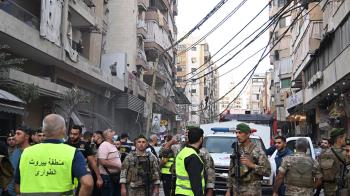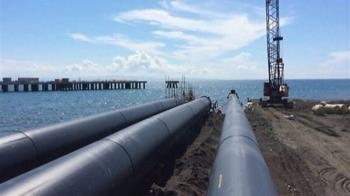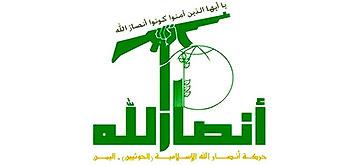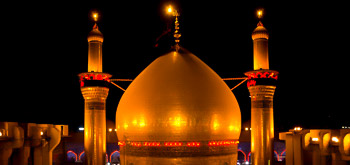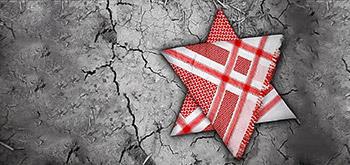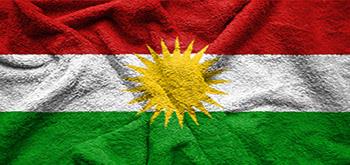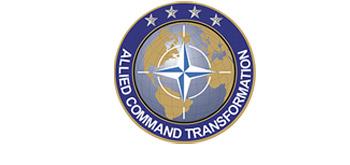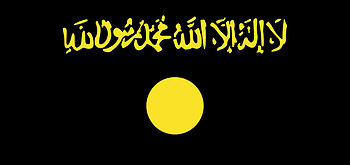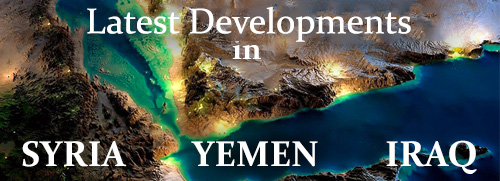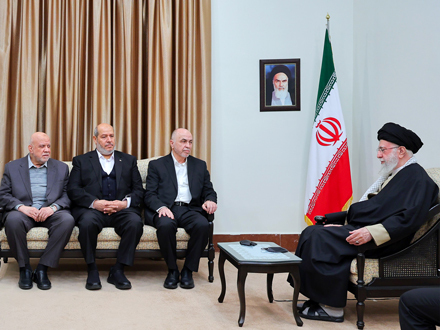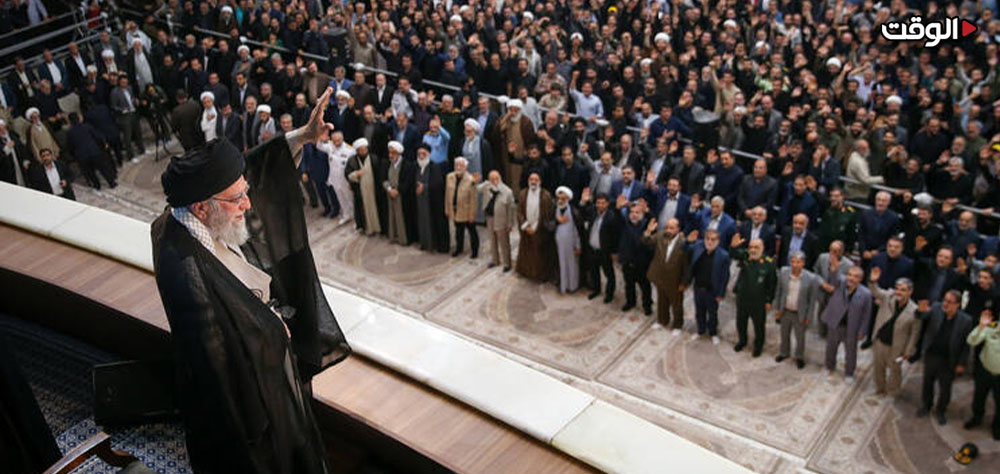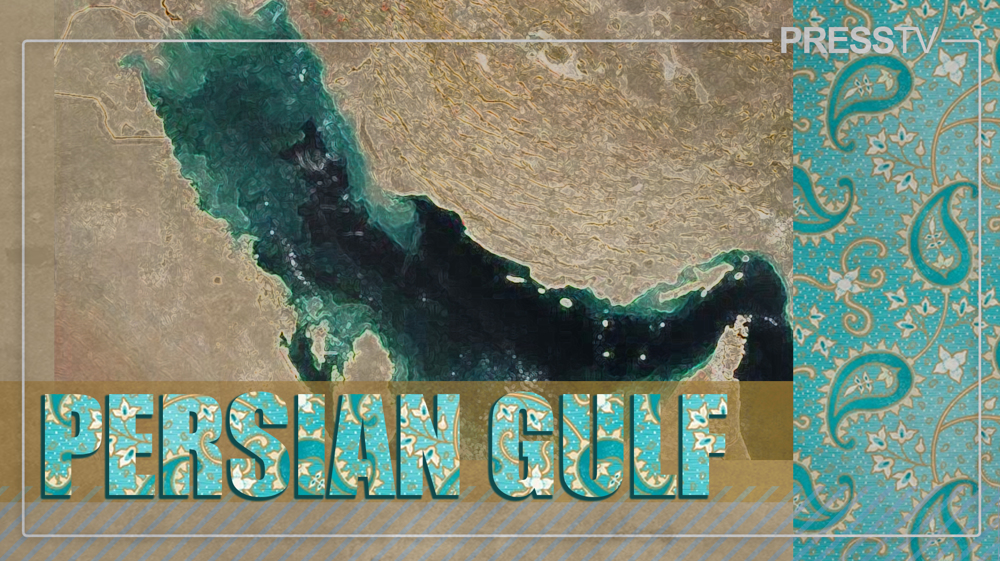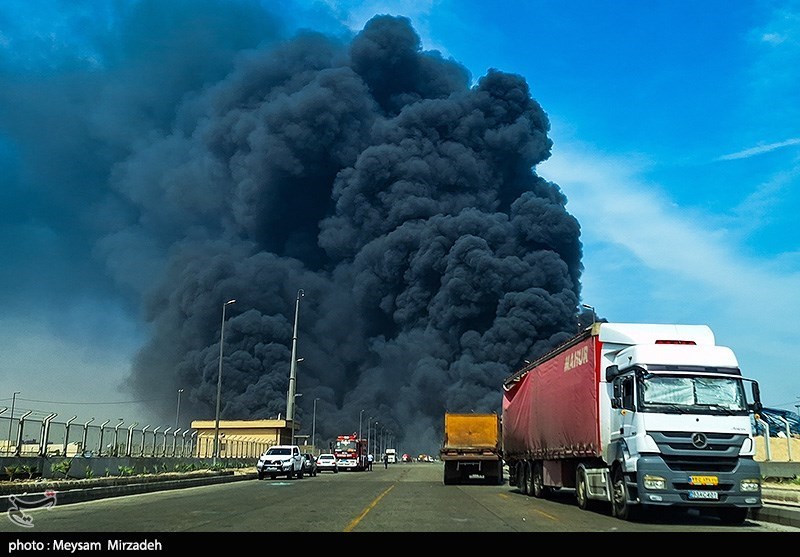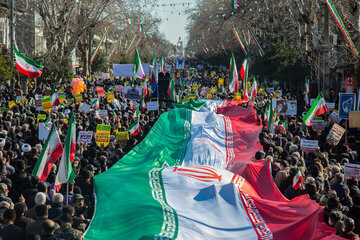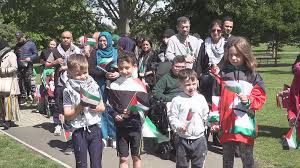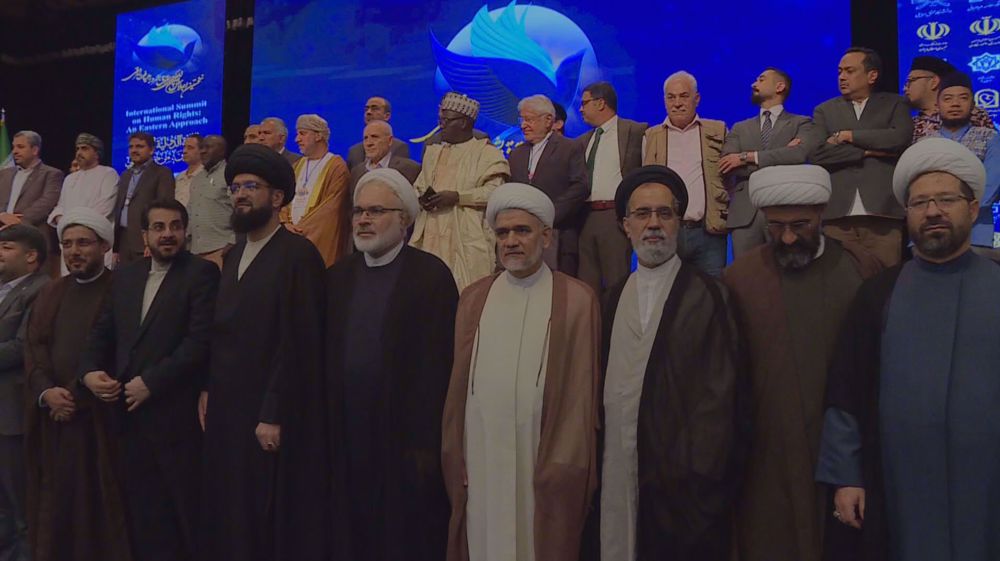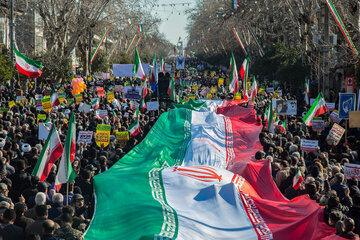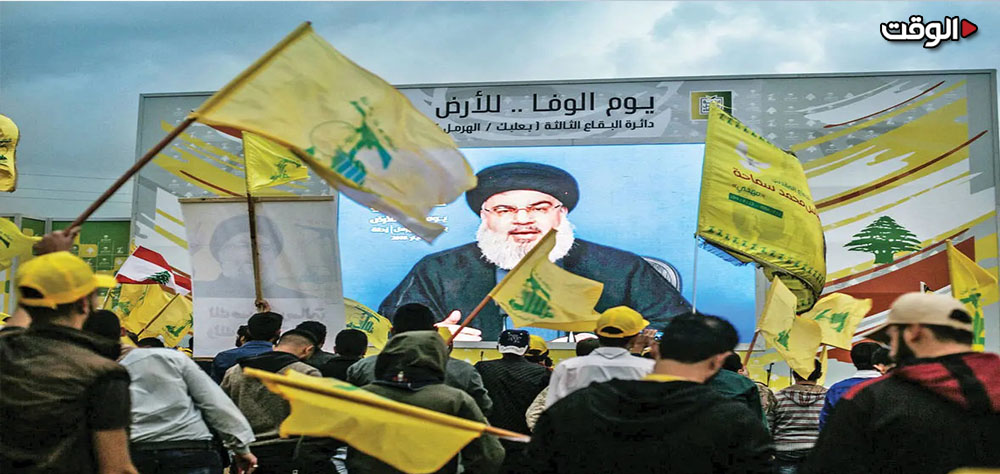Alwaght- Iran's Supreme Leader Sayyed Ali Khamenei on Saturday received a delegation of Hamas leadership. Senior Hamas officials in the meeting with the Leader thanked him for continuous Islamic Republic's supports for the Palestinian resistance.
But which Hamas members visited the Leader? In the recent meeting, senior officials from the Palestinian resistance movement were present:
Head of Hamas Leadership Council Mohammad Ismail Darwish: This prominent Palestinian figure is originally named Abu Omar Hassan. He replaced Osamah Mazini after an Israeli airstrike on October 16, 2023 killed the latter.
Khalil al-Hayyah, deputy head of Hamas Political Bureau: Khalil al-Hayyah is a Palestinian political activist who was appointed as the deputy head of Hamas Political Bureau last year, replacing Saleh al-Arouri. Palestinian media refers to him as Hamas' military genius, along with Khaled Meshaal, Yahya Sinwar, and Zahir Jabarin. He has also served as Gaza City's representative in the Palestinian Legislative Council since last year. Al-Hayyah holds a PhD in philosophy from the University of the Holy Quran and Islamic Sciences. More than seven members of al-Hayyah's family were killed in Israeli attacks on his home in 2007. One of his sons was also killed in an Israeli airstrike in 2008 while leading a rocket brigade. Al-Hayyah has been a senior Hamas official and a close associate of Yahya Sinwar for decades. Palestinian and English-language media have described al-Hayyah as "one of the few people on whom Sinwar could rely."
Zahir Jabarin, Hamas chief in the West Bank: Zahir Jabarin is a member of the Political Bureau and deputy head of Hamas in the West Bank, who is also responsible for the prisoners' case. Jabarin is one of the founders of Hamas' military wing, in which he played a prominent role since his studies, attracting many students to Hamas. He was responsible for distributing statements during the first intifada in the West Bank. Jabarin was also responsible for several military operations against the Israeli regime in the 1990s. He was sentenced to life imprisonment and 35 years in prison by the Israeli regime in 1993, but was released and exiled outside Palestine in a prisoner swap deal in 2011.
Hamas leaders and senior members have shouldered heavy responsibilities during the last 15 months of the genocidal war against the Gaza war. These responsibilities have been pursued simultaneously in two areas:
Leadership of the war: During the war against Gaza, and especially after the assassination of Yahya Sinwar, the Hamas leadership managed to lead the war and carry out the necessary planning and operations during the war against the occupiers. Since the members of the Hamas leadership have been involved in military and guerrilla activities against the Israeli occupiers for decades, during the 15 months of war, they were also able to successfully manage the military and guerrilla battles against the occupiers and make historic achievements.
Security measures: Another part of the Hamas leadership's activities was to pursue security measures to protect the lives of other remaining Palestinian resistance commanders, simultaneously negotiate with the mediating parties, and also manage the field distribution of limited relief aid during the Gaza war. In this regard, the Hamas political leadership managed to successfully control Gaza while simultaneously taking security measures to ensure the survival of Hamas commanders and to protect Israeli prisoners for swap deals.
Hamas achievements
With a focus on the remarks of the Leader in his meeting with Hamas leaders, we can name some of Hamas gains in the recent war:
Victory in ceasefire negotiations: In a meeting with the Hamas leadership, the Leader of the Islamic Revolution praised the Hamas negotiators and described the achievement of the agreement as "great" . He also said in his address to the Hamas leaders that "you defeated the Zionist regime and, in fact, the United States, and by the grace of God, you did not let them achieve any of their goals." He highlighted Hamas' victory in the negotiations given the fact that although the Zionist regime, relying on Washington, tried to impose its desired conditions on Hamas, the latter not only did not make any concessions to the Israelis, but also managed to achieve the demands and goals of the Palestinian resistance that included the release of many Palestinian prisoners. The release of Ashraf Zaghier, who was arrested by the Israeli regime in October 2002, along with Iyad Jaradat, Bilal Ghanem, Ahmed al-Barghouthi, and other important members of the Palestinian resistance, took place within the framework of Hamas' successful negotiations for a ceasefire in Gaza.
Successful propaganda: The Leader highlighted as necessary the planning for cultural activities and continuing the current path of media propagation beside military affairs and reconstruction of Gaza. He further lauded the resistance's propaganda and media work ad "great", adding that this effective method should continue.
The Leader of the Revolution’s attention to Hamas’ propaganda activities is based on the successful model of the resistance forces against the psychological warfare of the occupation forces. Despite the news and media offensive that the occupying forces launched against the resistance forces, the real and main victors of the psychological warfare simultaneous with the military warfare in Gaza were the Palestinian resistance forces. The organization of hundreds of global protests against the war in Gaza and the calls and protest sit-ins in many universities around the world, including 41 American universities in support of the Palestinian people, all demonstrated the correct and calculated tactics of the resistance forces against the psychological warfare of the Israelis.
Hamas’s successful psychological warfare against the occupiers was evident even during the release and exchange of prisoners between the two sides in the ceasefire. The show of "definite victory" and "the day after" [Hamas defeat] phrases during the prisoner swap process infuriated the Israelis. These two phrases were actually Netanyahu's promises during the war, but neither definite victory nor the day after Hamas defeat did not come true for Netanyahu. So, Hamas by mocking the PM's promises once again demonstrated the Israeli loss in the war, suggesting that Gaza will have a clear future after it imposed ceasefire on the occupation.
Significance of Hamas leaders' presence in Tehran
Concerning the importance of presence of Hamas leadership members in Tehran, several points need to be highlighted:
Timing of meeting: The meeting of Hamas leaders with the Supreme Leader in Tehran comes at a time the resistance forces have force-stopped the war and swapped prisoners with Israel by imposing ceasefire on the Israeli occupation. So, the meeting actually took place at a time of victory and the resistance's ability to impose its own equations on Tel Aviv.
Highly meaningful presence of Hamas officials in Tehran: Their presence in Tehran sends a clear message of strong bonds between the Palestinian resistance and the Islamic Republic of Iran. As the Gaza war continued, some Israeli media outlets spread rumors about division between Iran and Resistance. But, these claims were shattered by presence of senior Hamas leaders in Tehran after Gaza scored a victory. In other words, presence of senior officials of Hamas in the office of the Leader sent the message that the Palestinian resistance still finds itself indebted to the Iranian supports and assured of them in its recent gains.

